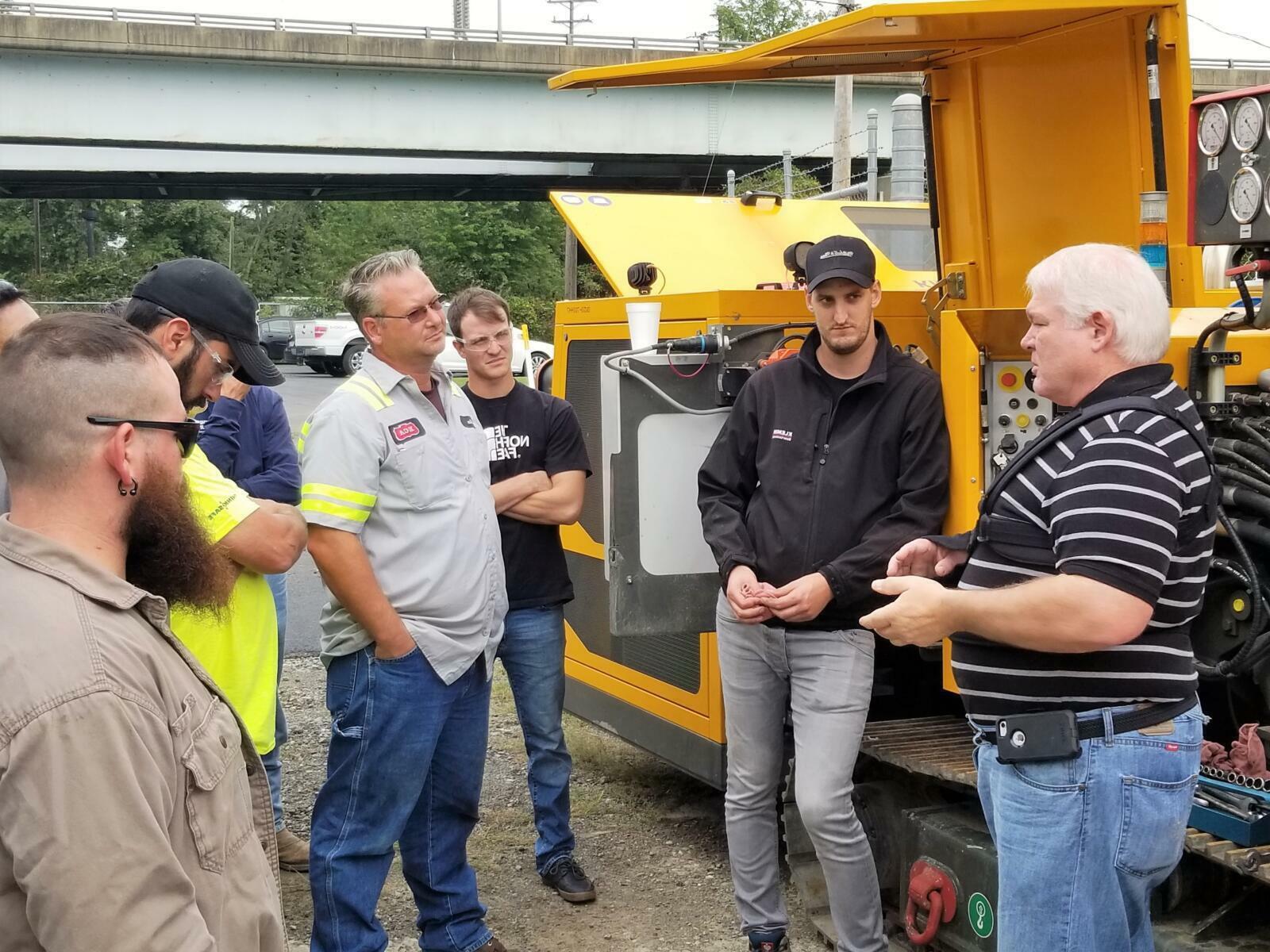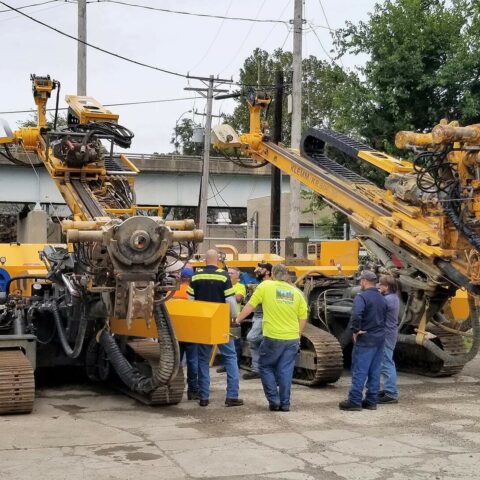4 Tips on How to Get the Most out of Your KLEMM Rig with ECA KLEMM Trainer Burt Kerns
Sep 16, 2024

When it comes to operating and maintaining KLEMM drilling rigs, expertise and proper maintenance can make a big difference in performance and longevity. As a leader in the anchor and micro-pile industry, KLEMM rigs are known for their advanced engineering, safety, and versatility. However, for operators new to these machines or even seasoned professionals, there are key areas to focus on to get the most out of these powerful tools. Based on insights from industry expert and ECA KLEMM Trainer Burt Kerns, here are some essential tips on keeping your KLEMM rig running its best.
1. Utilize the KLEMM QR Codes for Basic Operations
New operators often face challenges when beginning to use KLEMM rigs, especially with the controls and startup procedures. “The biggest questions are about the control systems,” said Kerns. “Like learning how to start up quickly and move the rig around.” Fortunately, some of the newer KLEMM rigs are equipped with QR codes on the doors that provide easy access to instructions. Simply scanning the code with a smartphone will display detailed steps on how to start the machine and move it. While this resource is an excellent starting point, it's essential to note that it does not cover drilling techniques. For new users, being aware of the QR code feature can simplify the initial setup process and reduce downtime.

2. Pay Attention to Greasing and Maintenance
Proper greasing is critical to the longevity and performance of a KLEMM rig, particularly when it comes to the machine's heads. Kerns said that many customers overlook the specific types of grease required for different heads, which can lead to mechanical issues. Using the wrong grease can damage the heads and increase wear and tear. It's important to follow the greasing schedule as outlined in the rig's manual and use the correct type of grease for the specific head you are working with. Although interpreting the greasing schedule may not always be straightforward, referencing the manual is vital to ensure proper care.
“Proper training and reading the manual are very important, especially if you’re new to using this kind of system,” Kerns said.
3. Proper Downhole Hammer Setup and Maintenance
With the growing demand for downhole hammers in solar farm projects, especially with KLEMM rigs, it’s crucial to ensure that the oiling system is functioning correctly before any operation begins. Kerns stresses that the oiling system, which includes a tank, hoses, and a block that meters oil into the airstream, must be properly maintained. One common issue is contamination in the system when air hoses aren’t blown out before use, which can block the oil from reaching the hammer and cause internal damage. To prevent such problems, operators should blow out the air hoses and confirm that oil is flowing through the system before attaching the hammer. This extra step can save the hammer from costly damage and prevent job site delays.
4. Training and Proper Setup Are Key
The complexity of KLEMM rigs, particularly when using attachments like downhole hammers, highlights the need for proper training. Kerns points out that a well-trained operator can save significant time and avoid equipment failures. Reading the manual is crucial, but hands-on experience and guidance from a seasoned expert can go a long way. Adjusting the oil input based on factors like external temperature and the size of the air compressor is also critical. Getting this wrong can lead to over-oiling or under-oiling, which can both cause damage to the hammer.
Would you like training for you and your crew on the operation of KLEMM drill rigs? Do your technicians need training in the maintenance of KLEMM rigs? ECA offers both operator and technician training with KLEMM specialist, Burt Kerns. Inquire today about our next training class.
